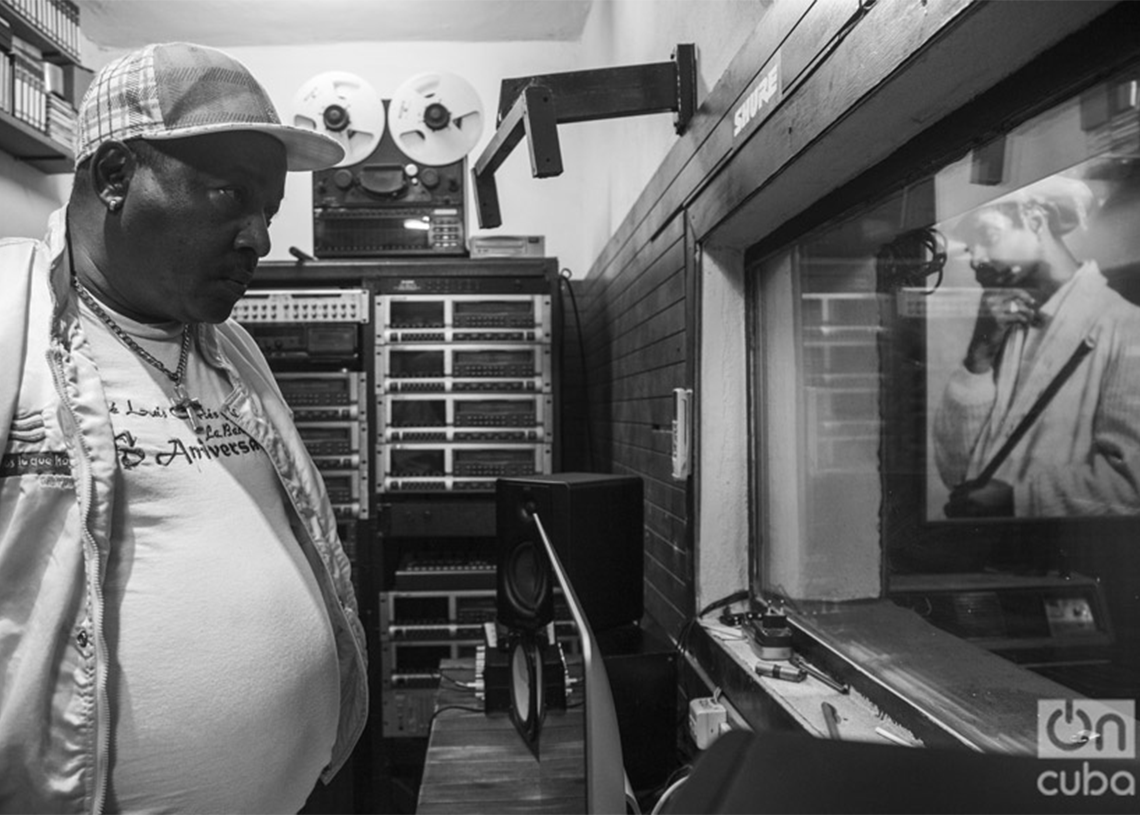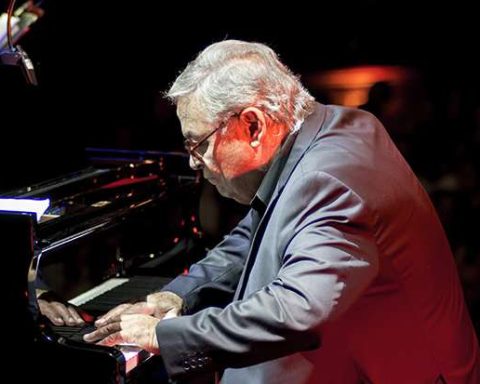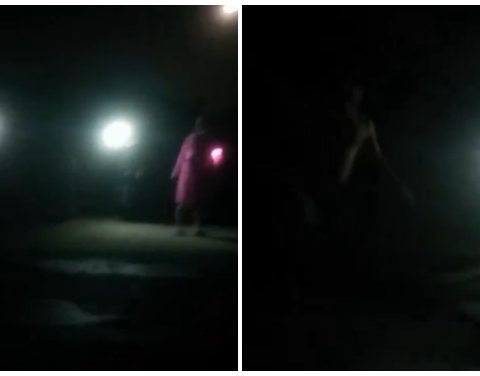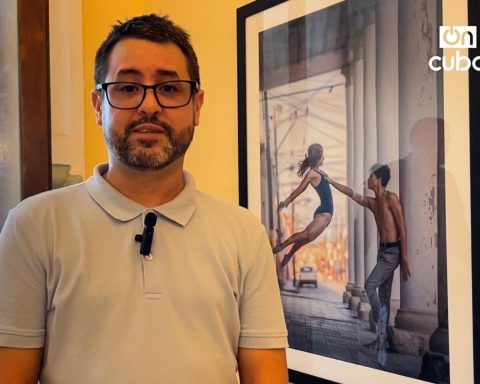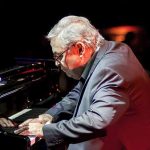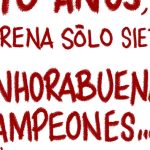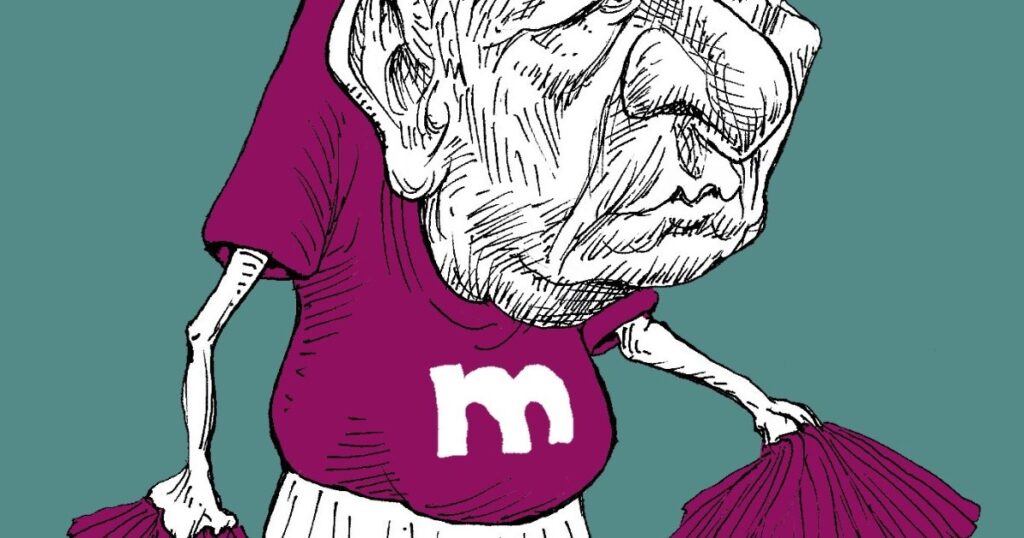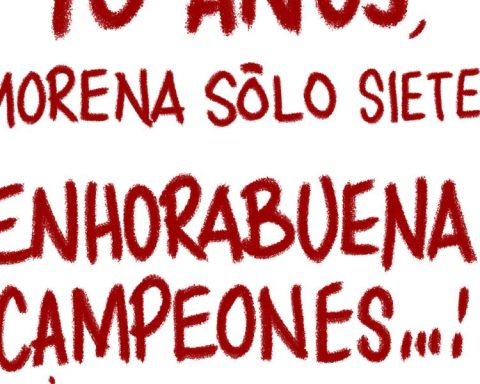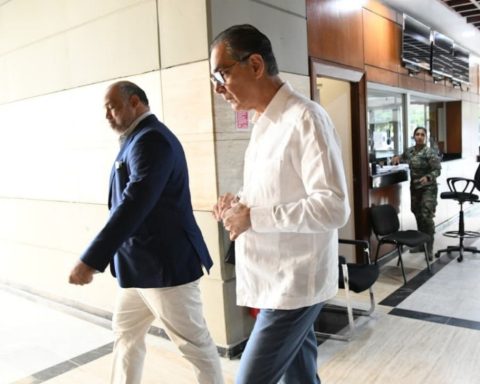“Subscribe to my girl’s channel and share her new video that is super good and above all very original. Attack…”. It was the last message I received from Tosco on WhatsApp on April 14. The text was accompanied by the video of the theme Cuban, of Baby Cortés, his daughter. The girl tries to break through in Cuban music in the urban genre.
This Monday was the last day of Tosco’s past life. Now it will be the turn of that new life that comes from memory, with all the implications that this exercise entails when it is carried out from honesty and wisdom.
José Luis Cortés, the musician, was a man of enormous talent who made science of the flute and Cuban popular music. An unfinished science like himself. Because despite the fact that diabetes had wreaked havoc on his body and had forced him into forced confinement, he still had an incomplete work. That work that would define new chapters of one of the most brilliant careers in Cuban music during the last five decades. El Tosco, along with Juan Formell and Chucho Valdés, was one of the instrumentalists who reconfigured Cuban popular music with an exuberant sense of innovation, embodied in iconic songs such as pour lemon, You can’t cover the sun with one fingerHoly Word or Murakami Mamboone of the star songs of a career with which he established himself as one of the most original and intrepid arrangers on the Latin scene.
El Tosco knew very well what he had delivered to Cuban culture. But he was more focused on creation, on shaping new songs, on new rhythms that would keep him together with NG La Banda, his orchestra, as a pioneer of timba and flute school throughout Latin America.
He knew it, but he didn’t brag about his contributions. The last time we talked was in one of the most devastating scenarios of the pandemic in Cuba. “What journalist ballá, what Michel ballá?”, He greeted me from the other end of the phone. His voice retained the traits of charisma by which he was easily identifiable. He told me about how he took care of himself during the pandemic and about his new projects. The conversation coincided with the premiere of a new video related to the health situation that had caused (again) an uphill controversy. “I am taking great care of myself and I want my Cuban brothers to do the same. I am interested in my people being well informed and preserving their health. I am making music because music is the soul of the people. Our soul is trapped behind bars because if we don’t take care of ourselves we are going to go to the other world.”
El Tosco suffered from diabetes that sometimes forced him to keep a confinement within another confinement. He took advantage of the tension of the pandemic to flesh out a group of ideas as transcendent as they are delusional. He recounted them with the certainty that this entire universe of diverse and lucid music was possible from the living room of his house. In July 2021 he felt enormous concern about the social events that shook the country. A mutual friend called me at home to tell me that “the teacher” wanted me to help him compile the interviews I had done with him since the mid-2000s, when we had our first talk. He assured me that El Tosco was sure that his words, sometimes published in full, sometimes not, reflected respect for the people, respect for diversity of all kinds and, above all, his exhortation to listen to the needs and people’s information. Of his people. I saved the documents to a flash drive and sent them to him. He sent me back his gratitude and his insistent concern in handling the protests and conflicts in the streets of the Island.
Tosco was called, with good reason, master. When he heard that word he returned colloquial phrases that subtracted any sense of protocol from the greeting. He grew up in the dust of the street, of life on the outskirts, of that tension of marginality that could be torn in the air in his neighborhood of El Condado because it was so present. He never looked at his origins from across the sidewalk. He watched them with the pride of a soldier who wins a medal in war. He took them completely first to his music, to his orchestra and then to the formation of Timba, that popular style that chronicled Cuban society in the 90s. The hard core of the frenetic speed of the brass and that vertiginous rhythm was built about the sweat, the whip of poverty, the clamor of the neighborhoods and the hard leather of the skin of those who have learned how to survive. Many of the lyrics of NG, “la que manda”, were criticized for being aggressive and the controversy with “La witch” is still remembered today as one of the most heated discussions in Cuban music.
Silvio sang about the flowers that opened on Fifth Avenue, Pedro Luis Ferrer sang to Marucha the hooker while El Tosco said that “You are a witch. You think you’re the best, you think you’re an artist, because you go by turitaxi through Buena Vista”. The song?: a scandal in the Cuba of the 90s. Logically, many women denounced it as an offense is denounced and it was taken down from the promotional platforms. Years later, el Tosco told me that it had all been “a misunderstanding of the meaning of the theme.” Some time later he was again at the center of the controversy when he was publicly accused of gender violence by one of the singers in his group, Dianelys Alfonso, known as La Diosa. He denied all the accusations. She has always kept them. His complaint strengthened the demand for a Comprehensive Law against gender violence on the Island.
The flautist was a very free spirit within musical experimentation. He went head-to-head with chachachá, danzón, mambo, son, jazz. The same he could interpret a prominent classical work and at the slightest turn of the rudder launch a theme with rhythms and languages born in the very center of the Cerro. His time in Irakere and Van Van, a group to which Formell called him when he was less than 20 years old, contributed notably to the achievement of this mastery.
El Tosco, who was awarded the National Music Prize too late, also sometimes gave the impression of feeling a bit isolated, a bit lonely. He told me that the media had forgotten to a certain extent about his music and he was willing to wake up, like in the 90s, on the radio to demand that they play his orchestra’s songs. When he looked into her eyes he was sure that he was capable of doing it with everything and his delicate state of health.
When I heard the news of his death, the first thing that came to my mind was one afternoon in 2018, when after an interview he invited me to a religious ceremony where, I think, he was going to officiate a touch of the saint in all dimensions. I gave him as an excuse some information against closing that he had to write and he insisted until the calls on his cell phone made him realize the delay. I always regretted that decision because it would have been an incredible experience to be in a touch of saint as a guest, neither more nor less, than del Tosco.
Later we shared in several of his concerts in which he went as a spectator, because the dance and I have never understood each other and at this age I already assumed my resounding failure on the dance floor. He always greeted me with the same cordiality. I ever wore one t-shirt from Metallica and when he saw me he told me that he was more of a rocker than me. He then began to speak to me with a thorough knowledge of the great classics of rock and metal, some of which he later showed me on their respective records during another conversation at his house.
El Tosco confessed to me that music had saved him. He told me once after reviewing images of his childhood friends in El Condado, from Santa Clara. “Without music, maybe he would be in prison or worse: he would be dead.” That same sense of overcoming, of not forgetting, runs through that music that defines (and will define) the Cuban musical avant-garde forever.
The death of Tosco has caused a stir in the Cuban and international musical community. Messages of condolence have come from iconic orchestras such as La Aragón to singer-songwriters such as Fito Páez, passing through the main Cuban popular music orchestras. No one has been oblivious to the farewell of the legend, a black man who also saw how, due to the color of his skin, subtly racist expressions were vicious against him.
In one of the long conversations we had, I had to interrupt him practically from the beginning when he told me a sentence that made me almost die of laughter: “15 years ago they gave me the key to the city (Santa Clara) and now I they gave it back, because they forgot that they already had it. That’s why I didn’t go and send someone. That is to say, they gave me the entrance key and the exit key”. The image was a perfect summary of what the flautist thought about the promotion of his work in Cuba, beyond the contexts of his native province, Villa Clara.
Today he was buried at dawn. I couldn’t go because again it was against closing. A friend, Athanay Castro, called me around 8:00 am to find out the exact time of the ceremony. And he reminded me when he recorded with Tosco There is no skull, baby. It was the year 96. With that song the flautist incorporated timba to rap for the first time and began a friendship with the “Rapper White”, who later lived in Spain for years.
Today it remains to put an altar to the music of José Luis Cortes. It remains to remember the musician and return to his work, which serves as a monumental overview of the Cuban artistic avant-garde. And the musician remains, the arranger who made Cubans dance with a work that could well have come from the Academy of Sciences. On that altar will not only be his music, but all the forms that José Luis created to break all codes, discover the many ways to make dancers happy to the sound of his war cry: “Ataca Chicho”. Behind that call has inhabited for decades the sweat and the most ardent revolutions of the humble bodies of humble Cubans, who were always their greatest destiny.
And although it upsets the comfort of some, as it happened at the time, we must also remember his maxim full of popular wisdom: “You cannot cover the sun with a finger, the truth is the truth, I do not want a bad face”.
